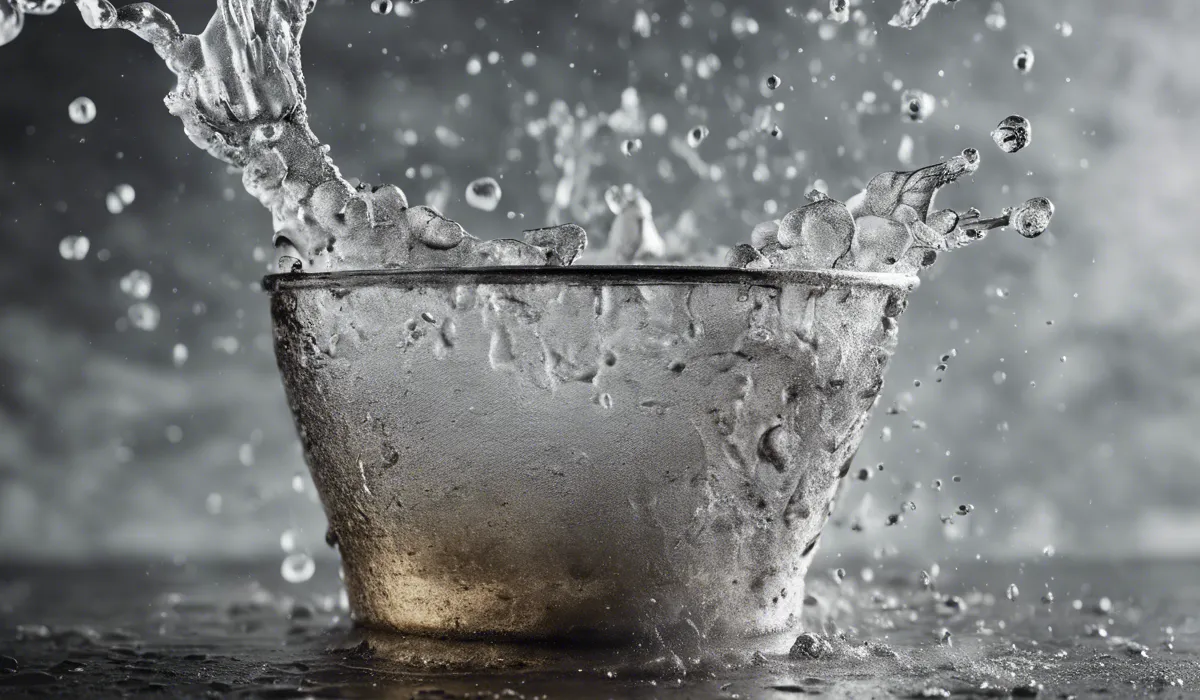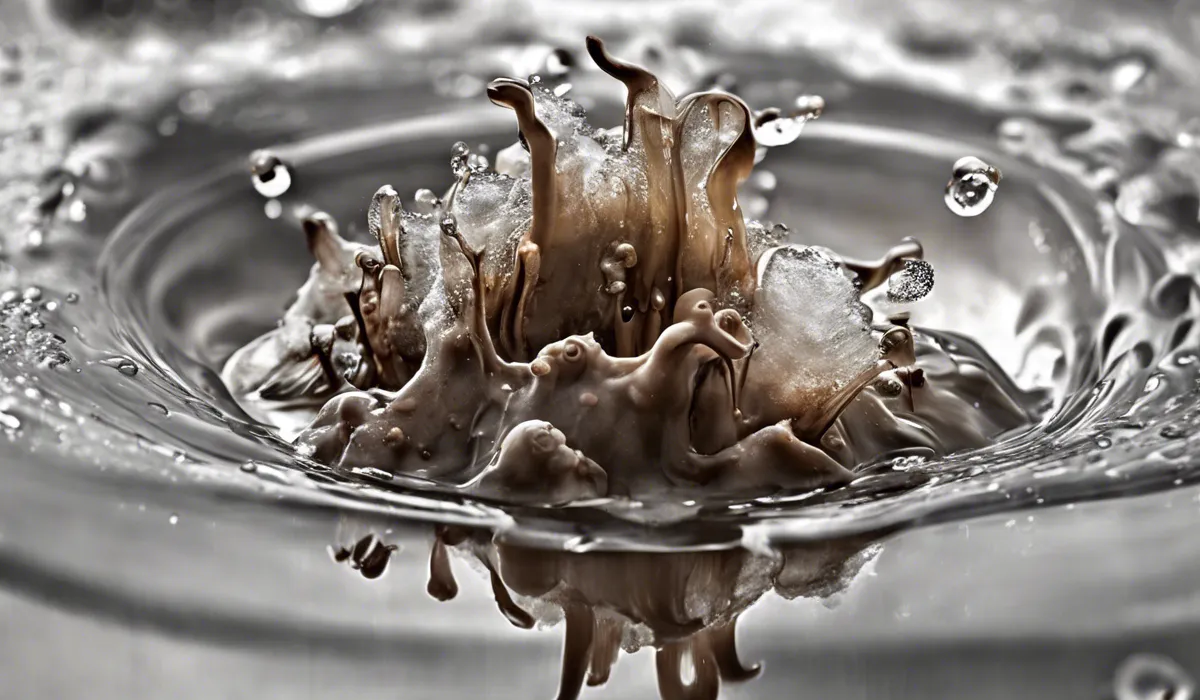Yes, boiling water can kill mold. High temperatures above 140°F (60°C) are typically effective at killing mold spores and denaturing mold toxins. Pouring boiling water directly on mold can disinfect surfaces, but be cautious with heat-sensitive materials.
Understanding Mold and Its Resilience

What Is Mold?
Mold is a type of fungus that can grow both indoors and outdoors. It is part of a larger family that includes mushrooms and yeast.
Mold comes in various colors and forms, but all types have one thing in common: they are unwelcome guests in our homes.
Optimal Conditions for Mold Growth
Mold loves damp, warm, and nutritious environments. It thrives especially well in areas with a lot of moisture, like bathrooms and kitchens.
Mold can feed on any organic material, including wood, paper, and remnants of food.
Common Household Molds
In our homes, we might encounter various types of mold. Black mold, also known as Stachybotrys chartarum, is one of the most infamous due to its association with health problems.
Other common types include Aspergillus, Cladosporium, and Penicillium.
Mold Myths and Heat Resistance
There are many myths about mold. One is that mold cannot survive high temperatures. However, the truth is that while extreme heat can kill mold, it can endure a surprising range of temperatures.
Effectiveness of Boiling Water Against Mold

Temperature Thresholds for Killing Mold
Boiling water reaches a temperature of 212°F (100°C), which is much higher than the 140°F (60°C) needed to kill most mold spores and neutralize many mold toxins.
When boiling water contacts mold, it can effectively kill it on contact.
Research on Boiling Water and Mold
Studies have shown that high temperatures can kill mold spores. Boiling water, being at the top of the scale in terms of accessible heat sources, is often used in scientific studies to ensure complete eradication of fungal presence.
Comparison to Other Mold Remediation Methods
While boiling water is effective, it’s not always the most practical method. Other ways to remove mold include chemical treatments like bleach or vinegar, scrubbing, and using specialized mold removal products.
Practical Applications and Limitations

When to Use Boiling Water for Mold?
Boiling water can be used for small areas of mold or for items that can be submerged in water without being damaged. It’s a good choice for non-porous materials like metal or glass.
Safety When Using Boiling Water
Be careful when handling boiling water. Use gloves and ensure that there is no risk of spilling the water on yourself. Also, consider the surface you’re treating; boiling water can damage or warp some materials.
Limitations of Boiling Water in Mold Remediation
Boiling water isn’t right for every situation. It can’t reach mold hidden inside walls or in other inaccessible places. It’s also not suitable for porous materials that might be damaged by the water.
Alternative Mold Removal Methods
For comprehensive mold removal, consider combining boiling water with other methods. Use vinegar or baking soda solutions, invest in a dehumidifier to reduce moisture, or hire professional mold remediators for severe infestations.
Final Thoughts
Boiling water can effectively kill mold by exposing it to temperatures above 140°F (60°C). This method destroys mold spores and neutralizes mold toxins, making it a useful disinfection tool for various surfaces.
However, it’s important to exercise caution when applying boiling water to heat-sensitive materials to prevent damage.
Useful Resources
- http://www.fsis.usda.gov/food-safety/safe-food-handling-and-preparation/food-safety-basics/molds-food-are-they-dangerous
- https://extension.usu.edu/preserve-the-harvest/research/principles-of-boiling-water-canning
- https://www.epa.gov/ground-water-and-drinking-water/emergency-disinfection-drinking-water
